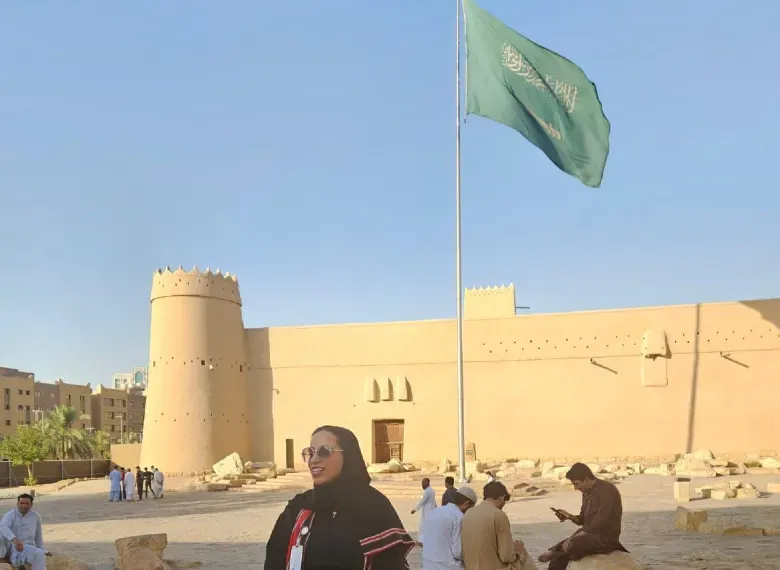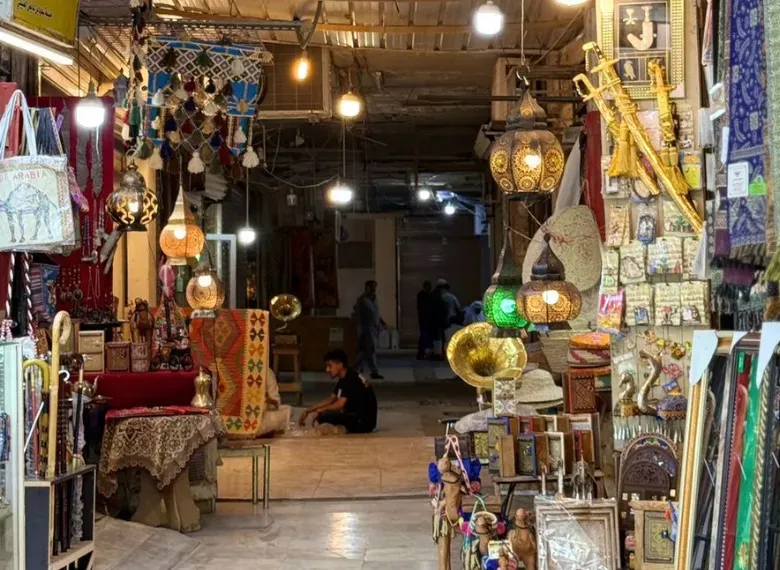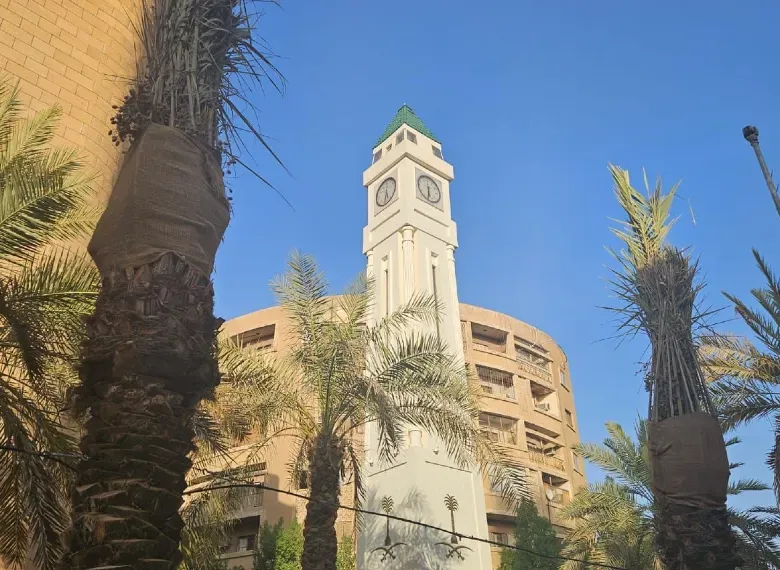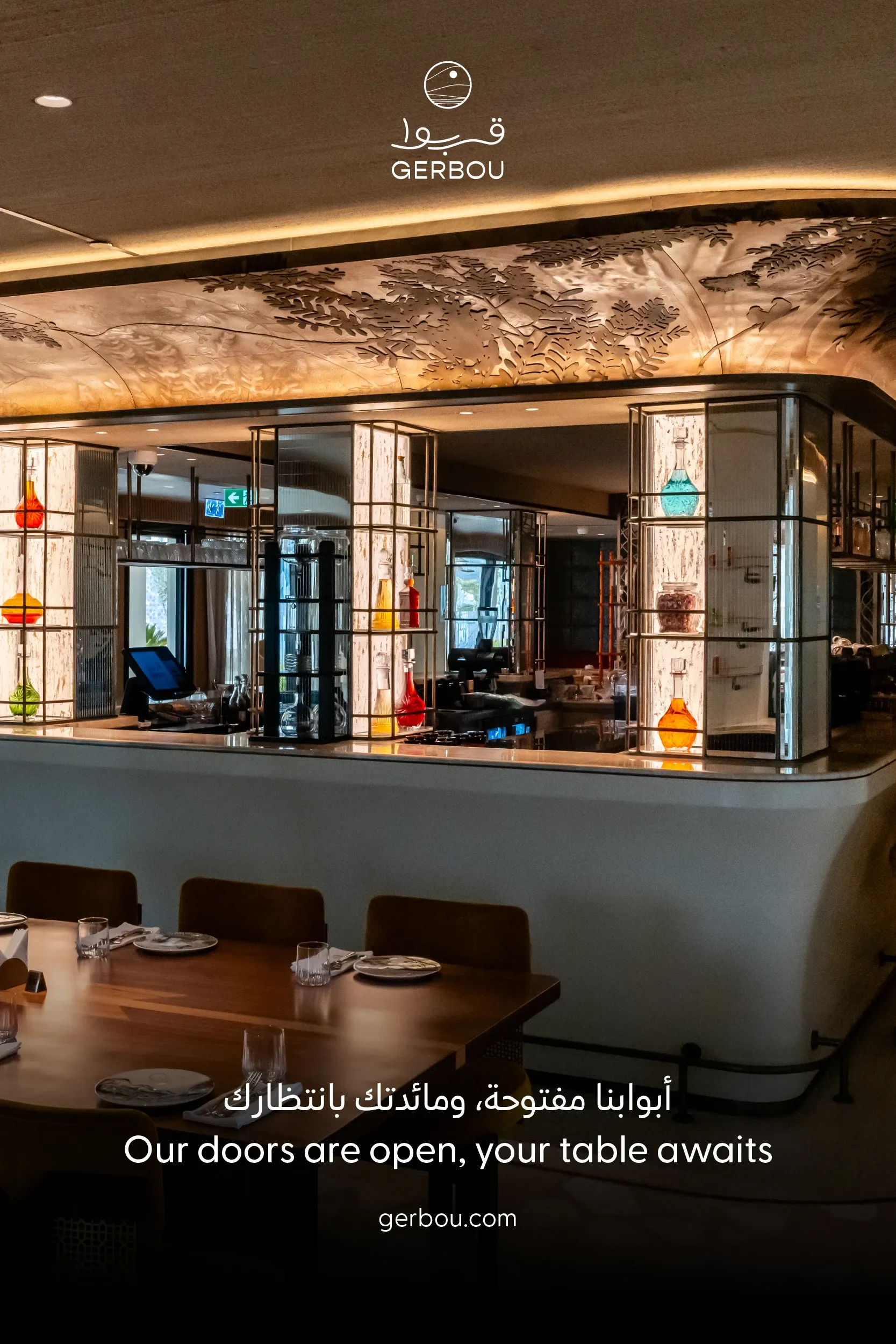
Exploring stories and traditions on foot in the Saudi capital
Every other Friday, two hours before the Maghrib prayer, Fatimah Abusrair swaps her consultant’s desk for leading walking tours through the lively streets of Qasr Alhukm District.

Fatimah, who is a licensed tour guide, volunteers her time to walk with small groups of up to ten through one of the most historic and symbolic parts of the capital. A proud Saudi woman, she recently took the time to speak to Art in the Middle about her goal of educating citizens, residents and visitors on Saudi history and culture, while creating space for questions, connection, and understanding.
“Along my travels, I noticed some cities had walking tours, which I was very interested in, it helped me understand the city more,” she said. “And I quickly came to realise that this did not really exist in Saudi Arabia. It felt like a great way to connect with new people and discuss history and personal stories along the way.”
“I’ve always believed that if you really want to know a place, you have to walk it,” she also added.
With a focus on storytelling and personal experience, Fatimah brings Saudi history to life. Her passion reflects the spirit of Vision 2030, Saudi Arabia’s plan to diversify its economy and develop public service sectors including culture and tourism. What began as a personal project has grown into a meaningful tradition for many who crave a deeper connection to the place they call home or are just beginning to explore.
The two-hour tour begins as the light softens and the city eases into its weekend bustle. A few friendly tips in preparation for the tour, wear light clothing as it is still warm in the evenings, bring comfortable walking shoes, and carry a water bottle. Qasr Alhukm is well-equipped with free public drinking water stations.
From there, the group sets off into the heart of the district, one of Saudi Arabia’s most historically rich and symbolically significant areas.

“The streets are lined with architecture from across decades,” Fatimah points out during the walk. “The newest building here is already 20 years old.”
As the tour winds through public squares and quiet alleyways, she shares stories, highlighting architectural features and historic landmarks that are often overlooked. Fatimah highlights, “My approach is to encourage people to slow down and really see the city around them, and not as a backdrop, but as a living part of history”.
A popular moment on the tour is the stop by the local souk. While many expect a focus on women’s clothing, Fatimah shifts the conversation.
“People focus a lot on women’s fashion, which is of course beautiful,” she explains, “but men’s fashion also holds layers of story and history. It is important not to overlook that.”
She often highlights the variety in men’s thobes - a long, ankle-length robe traditionally worn by men in the Gulf region - discussing the cuts, collars, fabrics, and details that give insight into personal style and heritage. If the group is predominantly women, abayas - an elegant, loose garment, predominantly black but available in various colours and designs, essentially worn like a robe-like dress - take the spotlight instead.

Another memorable part of the experience is exploring handmade crafts in the buzzy Friday market. Expect to wander through brightly painted Arabic kettles, delicately patterned plates, woven baskets, and more. These pieces are not simply decorative but rooted in the cultural and artistic practices passed down over generations. During 2025, designated as the Year of the Handicraft in Saudi Arabia, there is a special focus on celebrating and preserving traditional crafts, highlighting the skills of local artisans and promoting cultural heritage throughout the Kingdom.
The walk ends with a coffee stop and open conversation, Fatimah says “This closing moment is unhurried and warm, a chance to ask questions, and simply enjoy the company”. Strangers leave as new acquaintances, often with a deeper appreciation for the culture surrounding them.

While the tour is free of charge and completely volunteer-led, guests are welcome to offer a tip, a kind gesture not expected in Saudi culture but warmly received in recognition of Fatimah’s cultural insights and time.
If you are in Saudi Arabia anytime soon and you are curious about its history, architecture, traditions and artistic spirit, this walking tour is a must.
To book the next walking tour, visit here: Walking Tour with Fatimah Abusrair
Hayley is passionate about everything 90s, from art and fashion to music. Her love for glossy, artful coffee table books started early during her days in book publishing and has only grown since. She collects luxury magazines from around the world, enjoys exploring creative workshops around the city, and always chases dinners with a view, preferably by the beach.



